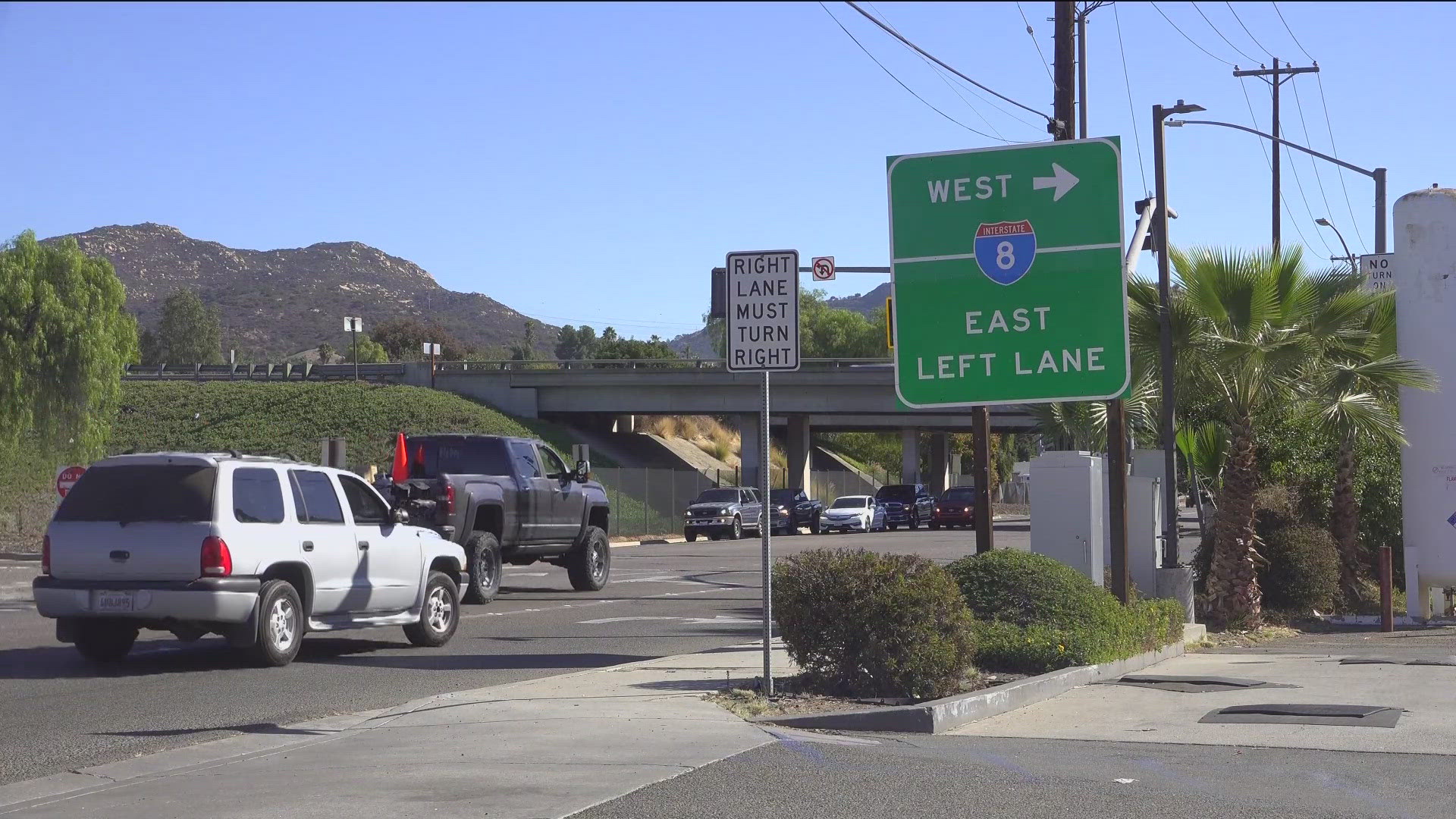CALIFORNIA, USA — Even the littlest Californians have not been spared in the governor’s big proposal to cut a budget decimated by the COVID-19 pandemic.
Gov. Gavin Newsom’s ambitious plans to expand free preschool for low-income children and increase state support for child care now are on the chopping block. He also has proposed cuts to existing, early childhood funding that advocates worry could force child care providers to reduce the number of kids they serve, or even close their businesses.
The child-friendly budget Newsom announced in January was amended last week, revealing cuts and takeaways totaling more than $1 billion for early childhood programs. The revisions, if passed, would sink plans to create 20,000 new preschool slots and offer more child care subsidies to low-income working families.
The proposals are a blow to many Californians, who believed that they had found a champion for early childhood education in Newsom, also known as “Governor Dad.” With four young children himself, Newsom created optimism by making it clear, early on, that he had an interest in and a heart for little kids.
“There’s an understanding of how bad this budget is, but early childhood and kids need to be the least impacted,” said Ted Lempert, president of Children Now, an Oakland-based nonprofit focused on youth-related policy.
The cuts would be “devastating to families,” he said, and potentially harm many providers.
“What makes me optimistic is that the governor gets these issues and leading legislators get it, and now we need to put the pressure on,” he said. “As difficult as the budget is, we need to prioritize kids.”
California began providing state-funded preschool in 1965 to foster children and at-risk kids. Eventually, eligibility widened to include all children from low-income families. State-subsidized child care operates in much the same way, launched in 1997 for kids from low-income working families who otherwise could not afford quality care.
But only a small percentage of the California kids who are eligible actually benefit. For instance, only 1 in 9 children eligible for subsidized child care and preschool were enrolled in 2017 because of inadequate state and federal funding, according to research by the California Budget and Policy Center, which focuses on how state finances affect lower-income residents.
Newsom vowed to try to close the gap. Then came the pandemic.
Now, nearly all his new initiatives – like the $160 million expansion of preschool – have been pulled, and current expenditures will be decreased if the slimmed budget is approved. The budget does continue to route federal funding into child care for essential workers and other COVID-19 support, as part of the CARES Act.
Proposed cuts also include a 10% reduction in the daily rate paid for preschool and a 10% cut to funding for subsidized child care. It also eliminates a plan to provide more child care for low-income parents receiving cash aid from the state through the CalWORKs social services program. These three areas account for a $421 million savings, according to the new budget proposal.
Even Newsom’s big plan to create a Department of Early Childhood Development to oversee all learning and child care programs has been put on hold. Instead of spending $8.5 million for the new agency, the revised budget includes $2 million to move these programs to the Department of Social Services.
“We have been making historic investments in the last many years in California,” Newsom said May 14 when publicly announcing the revised budget. “And now being forced back into a position where we have to make cuts breaks my heart, because behind every category is a person and a dream.”
Advocates say they understand the need to cut but argue the long-term ramifications are not worth it, especially because child care and preschool start from an already weakened position
“Before COVID, far too many kids had no access to child care and we were well behind where we needed to be for preschool,” said Lempert. “That is why these cuts are disproportionate because they need the most help.”
This isn’t just about immediate money savings, it’s about a critical stage of development for children that lays the foundation for the rest of their lives, said Steven Barnett, founder and senior co-director of the National Institute for Early Education Research.
“It’s the long-term consequences that don’t seem to get taken into account, that children will start school less well prepared, that our achievement gaps will widen, that our adults will be less productive,” Barnett said.
Child care is not just about having a place for children to go while parents work, said Patricia Lozano, executive director of Early Edge California, a Los Angeles-based policy and advocacy organization focused on early learning for children.
“For little kids this is a chance to reduce the achievement gap,” she said. “Education can change your life, and now we are saying we are going to cut it.”
The cuts proposed by Newsom in the new $203 billion state budget are considered “trigger,” meaning they only happen if the federal government does not provide budget aid.
While the revised budget proposal keeps the number of existing subsidized child care slots in place, advocates worry about a domino effect. If child care operators or preschools cannot stay afloat or must downsize, the impact could be felt by families currently enrolled.
Providers already operate on very thin margins, with little room for rate cuts, said Mary Ignatius, statewide organizer for Parent Voices, a California parent organization that focuses on more subsidized child care for families.
“If a parent has a subsidy or a voucher, and now the value is cut 10 percent, providers may decide they can’t afford to stay open,” she said. “So a parent has to find a new provider in a world where there is already a shortage of providers.
“You don’t just drop off your kids at the next place that is open.”
Many child care centers and homes are currently closed, in response to the pandemic, and some providers who are open say they haven’t seen kids in weeks. Providers said they have furloughed or laid off employees and are looking hard at the bottom line, especially with new social distancing and disinfection regulations.
For Miren Algorri, who runs Little Blossoms Child Care in Chula Vista, the 10% pay cut would hurt the business she has run for more than two decades out of her home. She regularly cares for about 12 kids, from infants to elementary-school-age – all paid for by the state through subsidy programs. The last three weeks, though, she has had zero attendance because parents are keeping kids at home or parents have been laid off.
Algorri said she will most likely limit the number of children she cares for and lay off her one full-time staff member.
“I haven’t slept, I have dark circles around my eyes because these cuts mean that most likely the person who has been my right hand for the last 20 years is not going to be my assistant any longer,” she said. “I won’t be able to pay an assistant to help me bring the best quality education to the children who are already underprivileged.”
In the San Diego region, the state pays $220.87 per week for the full-time care of kids ages 2 to 5, Algorri said. That is well below market rate, where parents who pay out of pocket often pay double or more per week.
To slash an already low rate throws providers and parents over the edge, Algorri said. The families she serves are low-income, mainly working in the service industry in restaurants.
“Child care helps the workforce make it to work,” she said. “We really need support and we really need for this new budget to really focus on what matters and what matters the most is the children.”
Some advocates, providers and parent groups say they intend to push back, at least to keep what is already being paid and supported.
For some parents, the cuts could affect their ability to continue working and keep child care in place.
Oakland parent Noni Galloway is working from home as a human resources specialist while caring for her 4-year-old son. His child care home closed the same week Galloway’s office shut down, and she set up her laptop at home.
She pays out of pocket, $50 a day, but has been on the state’s subsidy waitlist for several years. If providers lose funding, the cost for private-pay parents like her might rise – or kids like her son could lose their spots because of downsizing or complete closure, said Galloway, a member of Parent Voices.
Galloway said it took her a full year to find a child care provider she feels safe leaving her child with and that her child adores – a connection she views as vital.
“Quality professional reliable child care that fits our schedules is most important,” she said. “A child care is not like an automotive shop where you drop your car off. This is my baby, my life.
“If we don’t take care of the providers we are going to have a serious problem going back to work or reopening the economy.”
CalMatters.org is a nonprofit, nonpartisan media venture explaining California policies and politics.



